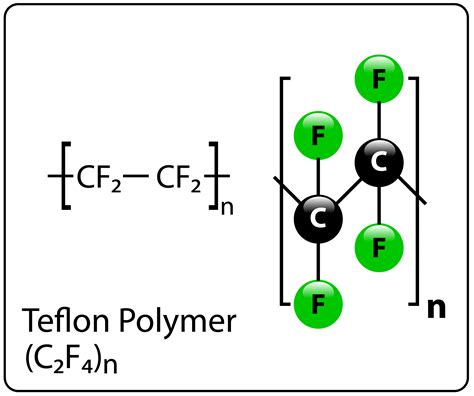
What does PTFE stand for?
History of Polytetrafluoroethylene Discovery and Development Polytetrafluoroethylene was accidentally discovered by Roy J. Plunkett, a chemist working for DuPont, in 1938. While attempting to create[…]
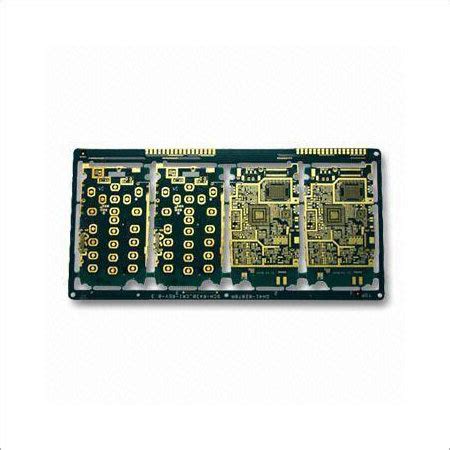
What is the base material of a PCB?
Types of PCB base materials PCB base materials can be broadly categorized into two main types: organic and inorganic. Organic base materials are the most[…]
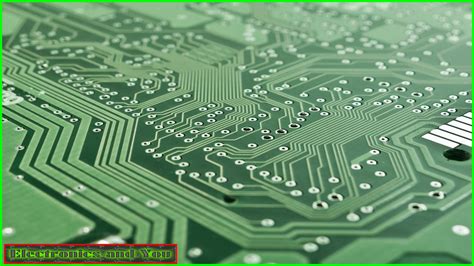
What material is used for PCB?
Introduction to PCB Material Printed Circuit Boards (PCBs) are the backbone of modern electronics. They provide a platform for electronic components to be mounted and[…]
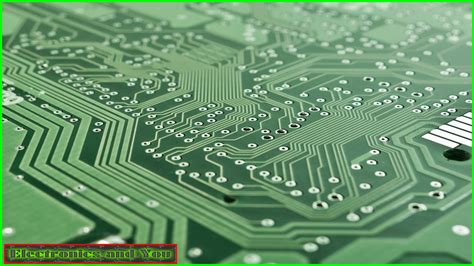
What is the most common PCB material?
Introduction to PCB Materials PCB materials play a crucial role in determining the performance, reliability, and cost of electronic devices. The choice of material depends[…]
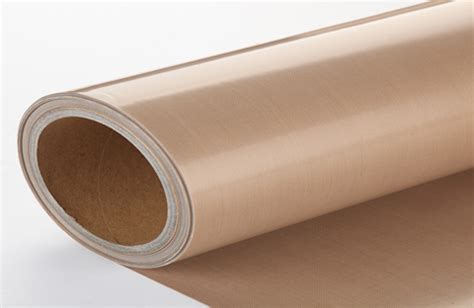
What kind of fabric is Teflon?
The Discovery of Teflon Teflon was accidentally discovered by Dr. Roy Plunkett, a chemist working for DuPont, in 1938. While attempting to create a new[…]

What is another name for Teflon?
What is PTFE? Polytetrafluoroethylene (PTFE) is a synthetic fluoropolymer of tetrafluoroethylene. It is a solid, high-molecular-weight compound consisting wholly of carbon and fluorine. PTFE is[…]
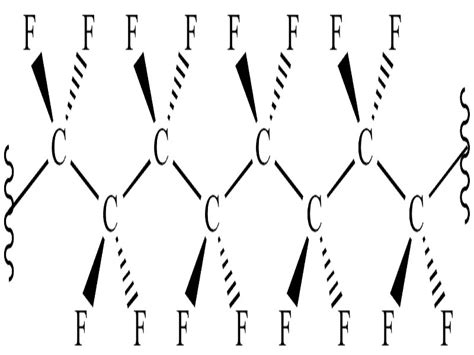
What material is Teflon made of?
Chemical Composition of Teflon (PTFE) The chemical formula for polytetrafluoroethylene is (C2F4)n, where n is the number of monomer units that make up the polymer[…]
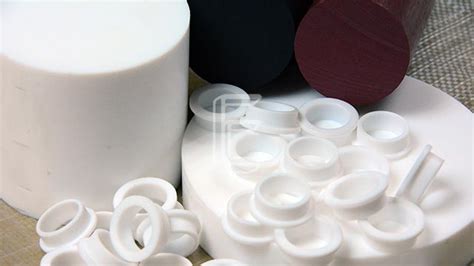
Is Teflon rubber or plastic?
What is Teflon? Teflon is a synthetic fluoropolymer discovered by Roy Plunkett, a chemist at DuPont, in 1938. It is made by polymerizing tetrafluoroethylene (TFE)[…]
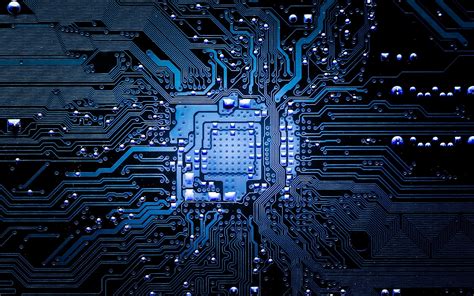
What is made of PCB?
Introduction to Circuit boards Printed Circuit Boards (PCBs) are the backbone of modern electronics. These thin, flat boards are used to mechanically support and electrically[…]
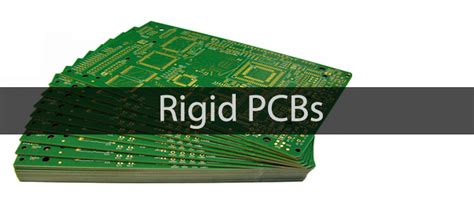
What types of PCBs are there?
Table of Contents Rigid PCBs Single-layer PCBs Double-layer PCBs Multi-layer PCBs Flexible PCBs Single-sided Flexible PCBs Double-sided Flexible PCBs Multi-layer Flexible PCBs Rigid-Flex PCBs Special[…]